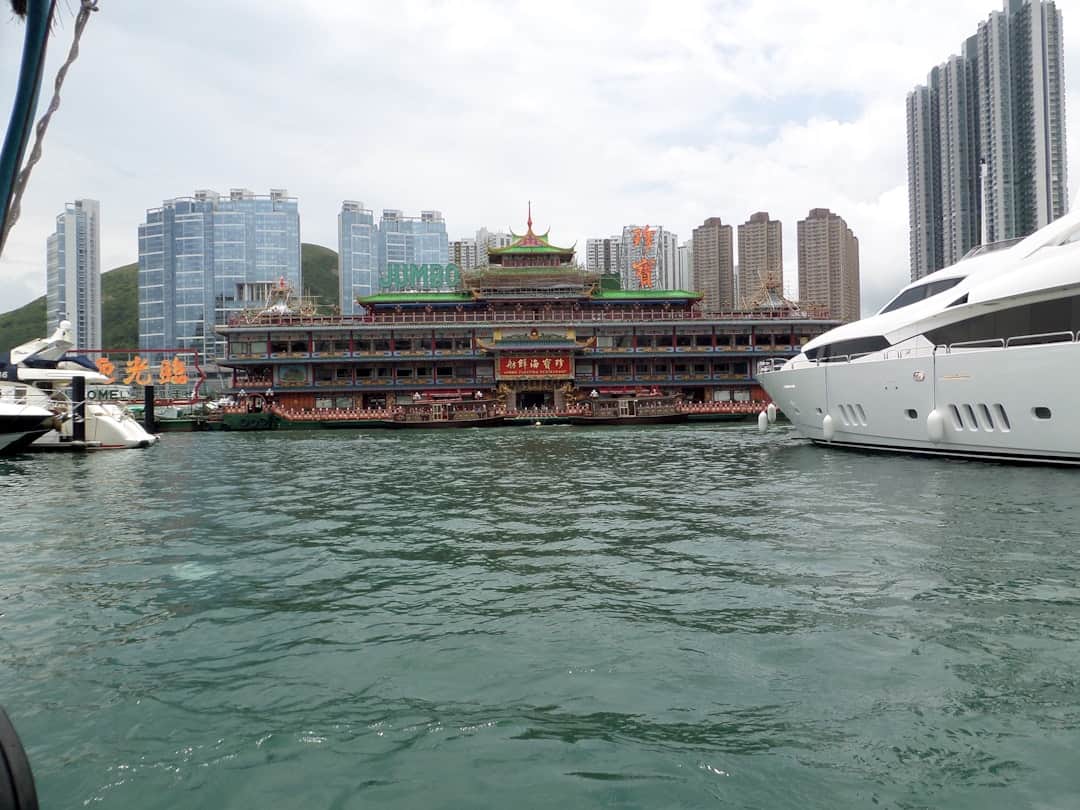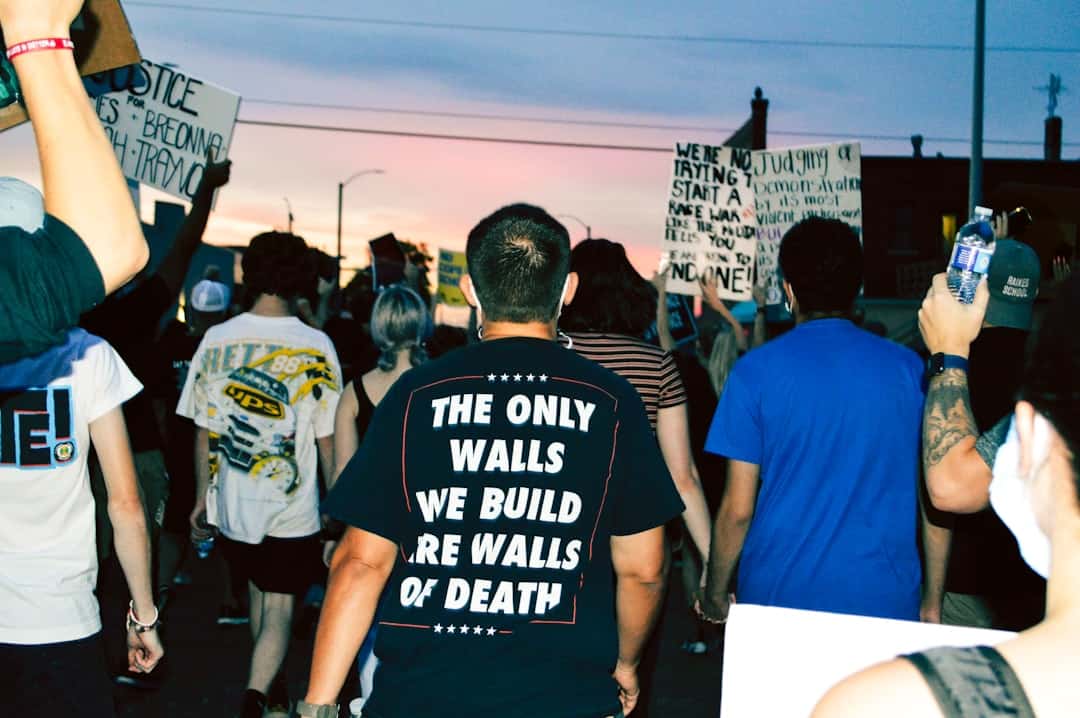The metaverse concept has gained significant attention in recent years, propelled by advancements in virtual reality (VR) and augmented reality (AR) technologies. It refers to a collective virtual shared space that merges virtually enhanced physical reality with physically persistent virtual reality. In this three-dimensional environment, users can interact with one another and digital objects, often using avatars as their digital representations.
While the metaverse is not a novel idea, recent technological progress has brought it closer to realization than ever before. The potential impact of the metaverse on human interaction, business operations, and entertainment experiences is substantial. It offers a new platform for connection and collaboration, unrestricted by physical location.
As technology continues to evolve, the metaverse is anticipated to become increasingly immersive and integrated into daily life. Its applications range from virtual meetings and events to virtual economies and entertainment, potentially transforming various aspects of how people live, work, and engage in leisure activities.
Key Takeaways
- The Metaverse is a collective virtual shared space, created by the convergence of virtually enhanced physical reality and physically persistent virtual reality.
- Virtual reality (VR) and immersive experiences are key components of the Metaverse, offering users the ability to interact with and explore digital environments.
- Social interaction and virtual communities play a crucial role in the Metaverse, allowing users to connect, communicate, and collaborate in virtual spaces.
- The virtual economy in the Metaverse is powered by non-fungible tokens (NFTs), which enable unique digital assets to be bought, sold, and traded within virtual environments.
- Education and training in the Metaverse offer new opportunities for immersive learning experiences and skill development in virtual environments.
- Healthcare and wellness applications in the Metaverse provide innovative solutions for remote patient care, therapy, and wellness programs in virtual settings.
- Entertainment and media in the Metaverse offer new forms of interactive and immersive experiences, including virtual concerts, art galleries, and gaming environments.
Virtual Reality and Immersive Experiences
Immersive Experiences in the Metaverse
In the metaverse, VR technology enables users to explore virtual landscapes, attend virtual events, and engage in activities that would be impossible in the physical world.
The Role of Augmented Reality
In addition to VR, augmented reality (AR) also plays a significant role in creating immersive experiences within the metaverse. AR technology overlays digital information onto the physical world, allowing users to interact with virtual objects in real-time. This technology has applications in gaming, navigation, and industrial training, among other fields.
The Future of the Metaverse
As VR and AR technologies continue to advance, the metaverse will become an even more immersive and interactive space, blurring the lines between the physical and digital worlds.
Social Interaction and Virtual Communities

One of the most compelling aspects of the metaverse is its potential for social interaction and the formation of virtual communities. In the metaverse, people can connect with others from around the world, regardless of physical distance. This opens up new opportunities for collaboration, networking, and socializing.
Virtual communities can form around shared interests, hobbies, or professional goals, creating a sense of belonging and camaraderie among members. The metaverse also offers new ways for people to express themselves and interact with others through their avatars. Users can customize their avatars to reflect their personalities and preferences, allowing for self-expression in a virtual space.
This level of personalization adds a new dimension to social interaction within the metaverse, creating a more engaging and immersive experience for users. As the metaverse continues to evolve, it is likely that virtual communities will become even more diverse and interconnected. From virtual meetups and events to collaborative projects and shared experiences, the metaverse has the potential to bring people together in ways that were previously impossible.
Virtual Economy and NFTs
The metaverse has also given rise to the concept of a virtual economy, where digital assets and currencies hold real-world value. Non-fungible tokens (NFTs) have become a key component of the virtual economy, allowing users to buy, sell, and trade unique digital assets such as artwork, collectibles, and virtual real estate. NFTs are built on blockchain technology, which ensures their scarcity and authenticity, making them valuable in the digital marketplace.
The virtual economy has created new opportunities for creators and entrepreneurs to monetize their digital creations. Artists can sell digital artwork as NFTs, game developers can create and sell virtual assets, and virtual real estate can be bought and sold within virtual worlds. This has led to a new wave of digital entrepreneurship and innovation within the metaverse.
As the virtual economy continues to grow, it is likely that NFTs will become even more integrated into our daily lives. From digital fashion to virtual experiences, NFTs have the potential to reshape how we perceive and interact with digital assets in the metaverse.
Education and Training in the Metaverse
The metaverse has significant implications for education and training, offering new ways for people to learn and develop new skills. Virtual classrooms and training simulations provide immersive learning experiences that can be tailored to individual needs. This allows for more engaging and interactive learning experiences that cater to different learning styles.
In addition to traditional education, the metaverse also offers opportunities for vocational training and professional development. Virtual simulations can be used to train employees in various industries, such as healthcare, manufacturing, and aviation. This allows for hands-on training in a safe and controlled environment, reducing the risk associated with traditional training methods.
As the metaverse continues to evolve, it is likely that education and training will become even more integrated into virtual environments. From virtual field trips to interactive training modules, the metaverse has the potential to revolutionize how we learn and develop new skills.
Healthcare and Wellness Applications

Virtual Healthcare Platforms
Virtual healthcare platforms enable patients to consult with healthcare providers remotely, eliminating barriers to access and increasing convenience. This is particularly beneficial for individuals residing in remote areas or those with limited mobility.
Wellness Activities and Mental Health Support
The metaverse also offers opportunities for wellness activities and mental health support. Virtual environments can be utilized for meditation, relaxation exercises, and support groups, providing a safe space for individuals to connect with others and improve their mental well-being.
Transforming Healthcare and Well-being
As technology continues to advance, it is likely that healthcare and wellness applications within the metaverse will become even more sophisticated. From virtual therapy sessions to personalized wellness programs, the metaverse has the potential to revolutionize how we approach healthcare and well-being.
Entertainment and Media in the Metaverse
Entertainment and media have been at the forefront of the metaverse revolution, offering new ways for people to consume content and engage with their favorite creators. Virtual concerts, movie screenings, and live events have become increasingly popular within virtual worlds, allowing fans to connect with artists and performers in new ways. In addition to live events, virtual worlds also offer opportunities for immersive storytelling experiences through interactive narratives and gaming experiences.
This allows for more engaging and interactive entertainment experiences that blur the lines between traditional media formats. As the metaverse continues to evolve, it is likely that entertainment and media will become even more integrated into virtual environments. From virtual movie theaters to interactive gaming experiences, the metaverse has the potential to revolutionize how we consume entertainment and engage with media content.
In conclusion, the metaverse represents a new frontier in digital technology that has the potential to revolutionize how we live, work, and play. From immersive experiences and social interaction to virtual economies and entertainment, the metaverse offers endless possibilities for innovation and creativity. As technology continues to advance, it is likely that the metaverse will become an integral part of our daily lives, shaping how we interact with each other and experience the world around us.
If you’re interested in exploring the economic and social impacts of the metaverse, you may want to check out the article “Metaverse and the Real World: Economic and Social Impacts” on Metaversum.it. This article delves into the potential effects of the metaverse on our daily lives and the global economy. It’s a thought-provoking read that will give you a deeper understanding of the metaverse’s potential implications. For further reading on this topic, you can also explore the resources and publications listed on the Metaversum website here.
FAQs
What is the metaverse?
The metaverse is a collective virtual shared space, created by the convergence of virtually enhanced physical reality and physically persistent virtual reality.
What is imaginable today in the metaverse?
Today, in the metaverse, it is imaginable to engage in social interactions, attend virtual events, explore virtual worlds, create and trade virtual assets, and even participate in virtual economies.
What are some examples of activities in the metaverse?
Activities in the metaverse include attending virtual concerts, art exhibitions, and conferences, exploring virtual museums and theme parks, participating in virtual sports and games, and engaging in virtual commerce and business interactions.
How is the metaverse being used in different industries?
The metaverse is being used in various industries for purposes such as virtual collaboration and meetings, virtual training and education, virtual real estate and property showcasing, virtual product demonstrations and marketing, and virtual healthcare and therapy services.
What are some potential future developments in the metaverse?
Potential future developments in the metaverse include advancements in virtual reality technology, increased integration of augmented reality, expansion of virtual social and economic systems, and the emergence of new forms of virtual entertainment and experiences.











Leave a Reply